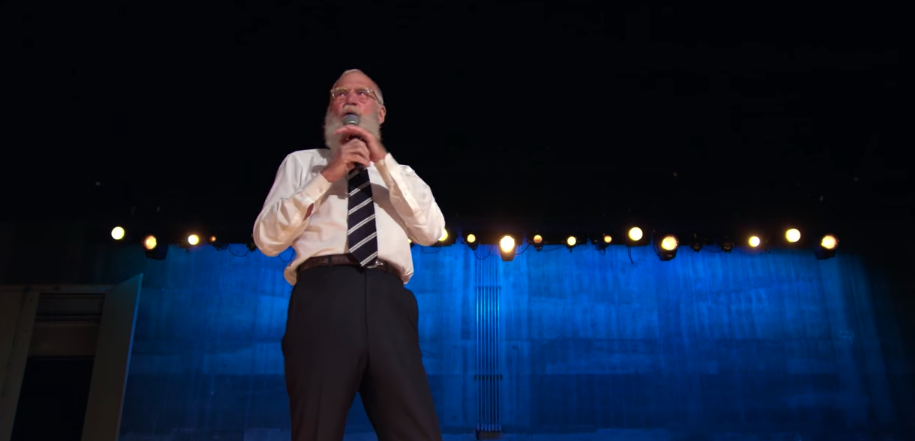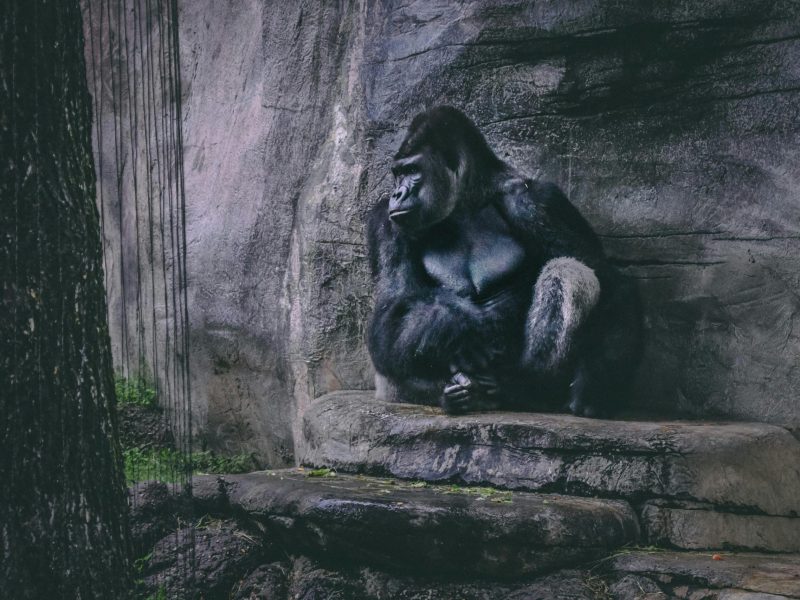After a three-year hiatus, David Letterman is back.
The former Late Show host’s new Netflix series, My Next Guest Needs No Introduction, is an interview-style six-part special starring the world’s most influential public figures. Over the span of six almost hour-long episodes, the comedian tackles serious issues, including genocide and civil rights.
The episodes are lengthy, in-depth and somewhat successful. It’s an attempt for the comedian to reimagine and redirect his career after years in the comedy industry. Letterman proves his capabilities as a serious interviewer. He probes, asks difficult questions and triumphs. However, at times he comes off as rusty, old and somewhat aloof.
In the first episode, Letterman sits down with former President Barack Obama. The interview is conversational, laid-back and carefree with back and forth banter. Letterman asks philosophical questions which range from how to create the ideal democracy to how to build an economy that works for the majority. He also creates interesting intellectual dilemmas, which Obama answers cleverly, though politician-like. The interview comes off as relaxed — that is, until Obama starts asking the questions; Letterman becomes stiff, afraid to stray from his script. Ironic, because comedy is about improvisation.
The same occurs in the second episode when George Clooney questions Letterman about his background. He asks the comedian why he wanted to do comedy, mentioning that “people are very interested” in how David Letterman came to be. It’s a unique role reversal which garners insight into the past of a household name. However, Letterman detracts from this powerful moment and jokes, “By you asking me a question, will this cut into my pay?” It’s playful, but Letterman destroys the rare opportunity for authentic connection between star and interviewee.
In comparison to the Obama special, Letterman’s Clooney interview comes off as forced, with disjointed segments that at times seem rehearsed. There’s a bizarre opening and ending scene with Letterman and Clooney chowing down on In-N-Out burger outside LAX. It’s an attempt to convey normalcy and common ground and help the audience connect with the A-list public figures. But it’s weird and seems pointless. In Letterman’s Obama special, the ending features the two walking down the hall side-by-side. It’s a more effective approach to convey camaraderie and connection.
Side segments also lack focus. In the Clooney episode, Letterman heads to Augusta, Kentucky, to meet with Clooney’s father, Nick. However, he ends up interviewing Hazim, a refugee displaced by ISIS. It’s an important bird’s-eye view into the life of a refugee and definitely connected to Clooney’s current genocide-related work. However, viewers forget that the episode is about Clooney.
The Obama episode is more fluid. Letterman heads to Selma, Alabama, where he meets with Rep. John Lewis, crosses the famous Edmund Pettus Bridge and discusses how the work of the civil rights movement paved the way for Obama’s presidency. The segment is paralleled with a video of Obama speaking at the 50th anniversary of Bloody Sunday and a short discussion of Obama’s involvement in the civil rights movement. It’s an effective attempt to reorganize and try something new, but it also seems more like a documentary than an Obama profile.
The series is innovative. The structure and idea are creative. But disconnected segments leave viewers confused and, frankly, bored. The biggest takeaway: Clooney and Obama might be funnier than Letterman himself.
2/4 Shells



